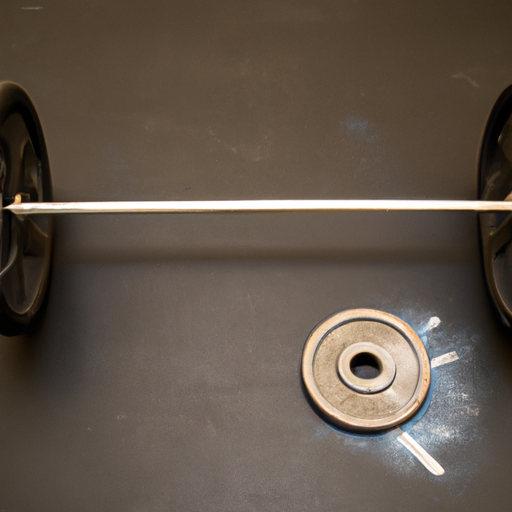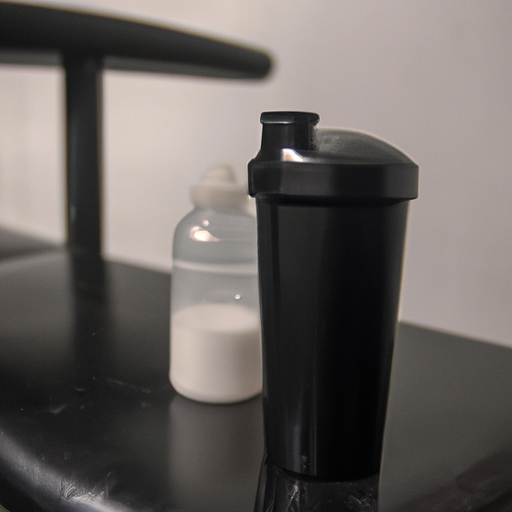
How to Improve Your Squat Depth Safely
Whether you're new to strength training or a seasoned lifter, improving squat depth can elevate your workout. Knowing the squat technique is vital, but achieving greater depth requires careful attention to mobility and safety. Here’s how you can work on it without compromising your knees or your dignity.
Understanding Squat Depth
Squat depth refers to how low you go during a squat. Generally, a good squat sees your hip crease go below the knees. It’s not about going low just to show off; it adds to your strength training efficiency. A deeper squat involves more muscle groups, including hamstrings, glutes, and quadriceps. So yes, who's ready for more booty gains?
The Importance of Proper Squat Technique
The first rule of improving squat depth is nailing the squat technique. Here’s what you should focus on:
- Foot Position: Keep your feet shoulder-width apart, toes slightly pointed out.
- Back Alignment: Your back should stay straight, mimicking a neutral spine.
- Knees Over Toes: As you descend, ensure your knees align with your toes, avoiding any inward collapse.
- Head Forward: Keep your head up, gazing forward for stability and alignment.
Focus on these basics before chasing deeper squats like a cat chasing a laser pointer.
Enhancing Mobility for Deeper Squats
Mobility, the magic word that’s on everyone’s lips lately! But seriously, improving hip, ankle, and thoracic spine mobility is your secret sauce for deeper squats.
Stretch Consistently
Incorporate these daily stretches into your routine:
- Hip Flexor Stretch: Kneel on one knee; push hips forward while keeping shoulders back.
- Calf Stretch: Stand with one foot forward, lean into the wall, stretching the back leg.
- Thoracic Spine Rotation: On all fours, thread one arm under the other, rotate your upper body.
Add Yoga and Pilates
"Namaste fit!" Yoga and Pilates can significantly enhance your flexibility and balance. A weekly class or session can make a world of difference in your squat game.
Building Strength for Deeper Squats
Yes, we need mobility, but without strength training, you're just a really stretchy person. Building strength in specific areas will stabilize your squat technique.
Do Accessory Work
Supplement your squats with exercises targeting other muscles:
- Lunges: Great for balance and additional leg strength.
- Glute Bridges: Focus on your posterior chain.
- Single-Leg Deadlifts: Boost stability and strength.
The aim is to ensure these muscles are ready to act as squat depth champions.
Progressive Overload
Simplifying a complex term, progressive overload means gradually increasing the weight you squat. Add a modest 5-10% and focus on maintaining form.
Safety First: Avoiding Injury
You’ve heard it a million times, but safety first! Knowing the boundaries of equipment and your body is key to preventing injuries.
Warm-Up is Not Optional
If you treat warm-ups like your least favorite vegetables, it’s time for a change. A 5-10 minute warm-up involving light cardio and dynamic stretches will prepare your body for the movements to come.
Don't Ignore Pain
Pain doesn't mean gain. If it hurts (and not in the I'm-working-hard way), check your squat technique and consult a professional if necessary.
Utilizing Equipment Wisely
While your body should do most of the work, certain equipment can act as safety nets or aid in better form.
Use Belts and Knee Sleeves
Investing in a lifting belt can help stabilize your core, especially when under heavier loads. Knee sleeves support working joints, keeping them warm and aligned.
Set Safety Bars
If you're lifting alone, setting safety bars on a squat rack can catch weights should your knees suddenly wish they were somewhere on a beach.
When to Call in the Professionals
Sometimes, getting a pair of expert eyes on your squat can be invaluable. Consider hiring a personal trainer or physical therapist to audit your technique, suggest improvements, and keep you on the path to squat depth glory.
Remember, the squat technique isn't learned overnight. Like a fine wine (or cheese), it takes time, patience, and a good amount of practice. So go forth, fine-tune your mobility, embrace the squat rack, and lower with grace—and safely!
